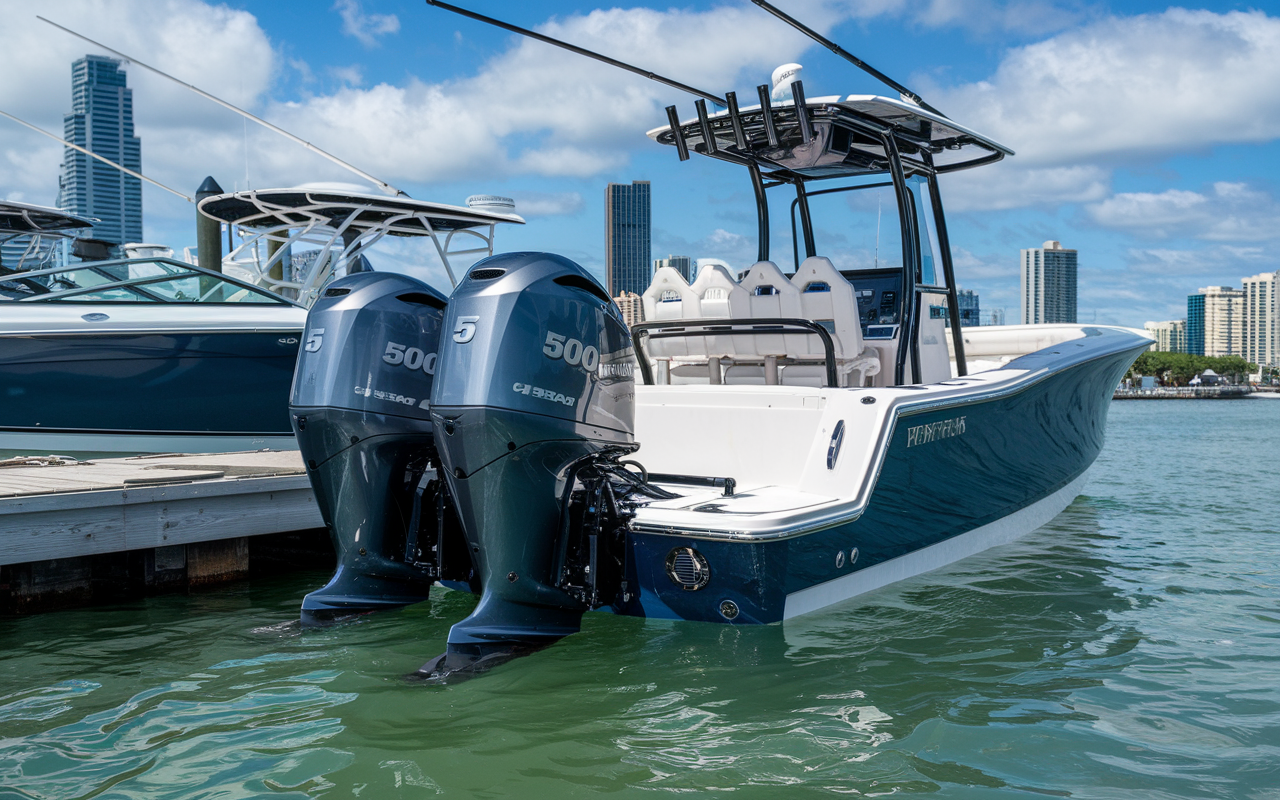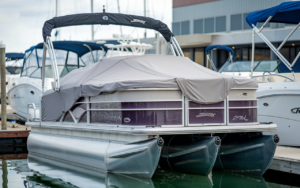Introduction
When selecting the appropriate horsepower for a 34-foot boat, it’s crucial to consider several factors to ensure optimal performance, fuel efficiency, and safety. Choosing the right horsepower is not just about meeting the minimum requirements; it’s also about enhancing your overall boating experience. In this article, we will delve into the recommended horsepower for a 34ft boat, covering essential aspects such as boat type, intended use, and environmental conditions. By the end, you will have a clear understanding of how to determine the most suitable horsepower for your vessel.
Understanding Horsepower and Its Importance
Horsepower is a measure of the engine’s power output. In the context of boats, it directly influences the speed, maneuverability, and towing capacity of the vessel. For a 34ft boat, the recommended horsepower varies significantly depending on its design and purpose. Whether you’re operating a fishing boat, a cabin cruiser, or a pontoon, the right horsepower ensures your boat can perform efficiently and safely under various conditions.
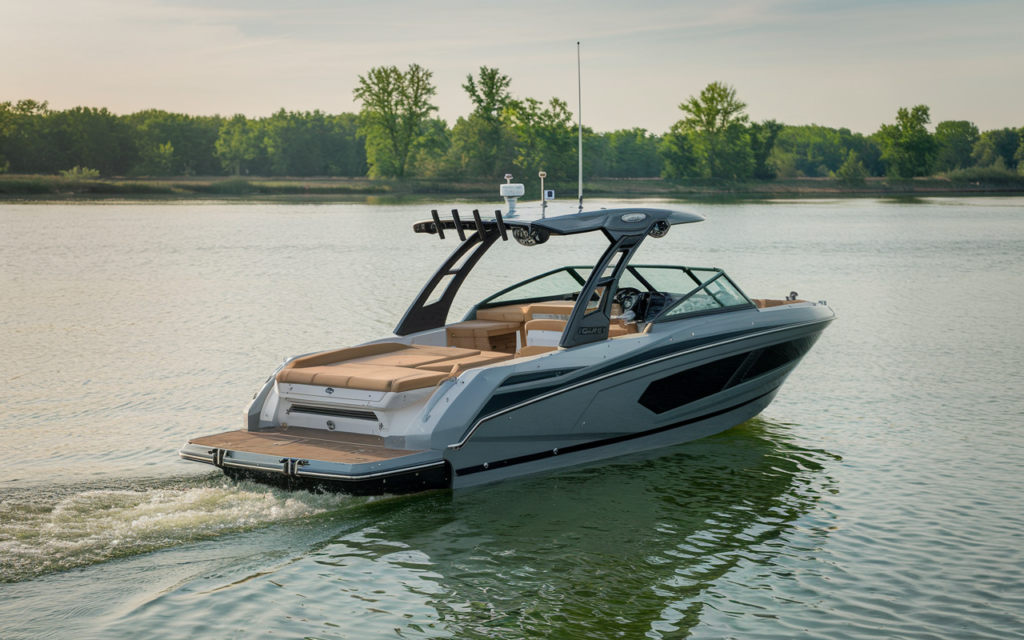
Factors Influencing Recommended Horsepower for a 34ft Boat.
Boat Weight and Load Capacity
The weight of a 34ft boat, including passengers, gear, and fuel, is a major factor in determining the recommended horsepower. Heavier boats require more power to achieve and maintain desired speeds. For example, a lightweight fishing boat may perform well with an engine in the 250-300 horsepower range, while a fully loaded cabin cruiser might need 400-500 horsepower or more.
Boat Type and Hull Design
The type of boat and its hull design also play a crucial role in deciding the horsepower. Planing hulls, commonly found in speedboats and some fishing boats, require more power to lift the hull onto the plane. Displacement hulls, seen in many trawlers and cruisers, are designed for lower speeds and typically need less horsepower. For a 34ft boat with a planing hull, a higher horsepower engine, such as 350-500 HP, is recommended, while a displacement hull only needs 150-300 HP.
Intended Use
How you plan to use your 34ft boat significantly impacts the horsepower requirements. For watersports like skiing or wakeboarding, higher horsepower is essential to provide the necessary thrust and speed. Conversely, if you’re using the boat for leisurely cruising or fishing in calm waters, a lower horsepower engine might suffice.
Environmental Conditions
The operating environment, including wind, waves, and currents, affects the horsepower needed for a 34ft boat. Boaters navigating choppy waters or strong currents will benefit from higher horsepower to maintain control and speed. For inland or sheltered waterways, a moderate horsepower range may be sufficient.
Calculating Recommended Horsepower for a 34ft Boat
One method to estimate the recommended horsepower for a 34ft boat is to use the formula provided by boat manufacturers or industry guidelines. Generally, manufacturers specify a maximum horsepower rating for each vessel, which serves as a helpful benchmark. A good rule of thumb is to select an engine that provides about 75-85% of the maximum horsepower rating for optimal performance and fuel efficiency.
For example, if the maximum horsepower rating for your 34ft boat is 500 HP, choosing an engine in the range of 375-425 HP will likely deliver a balanced performance.
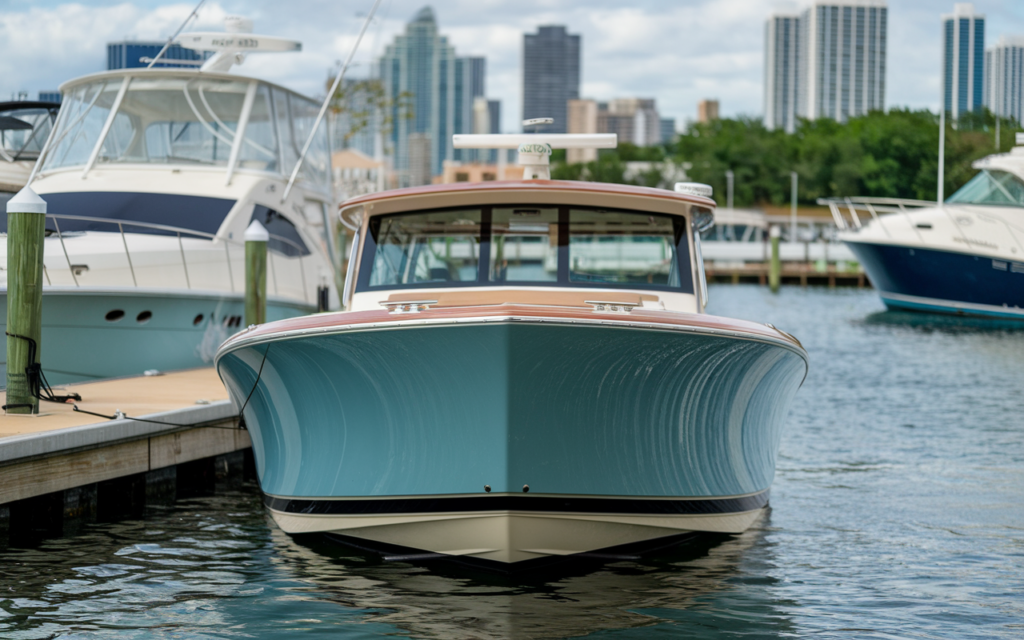
Specific Horsepower Recommendations by Boat Type
Fishing Boats
Fishing boats often require sufficient horsepower to navigate to fishing spots quickly and maintain stability in open waters. For a 34ft fishing boat, the recommended horsepower typically ranges from 300 to 450 HP. This range ensures adequate speed and maneuverability without compromising fuel efficiency.
Cabin Cruisers
Cabin cruisers are designed for comfort and extended stays on the water. They are usually heavier due to onboard amenities. The recommended horsepower for a 34ft cabin cruiser is between 400 and 600 HP, depending on the boat’s weight and intended cruising speed.
Pontoon Boats
Although less common in the 34ft size, large pontoon boats may also require specific horsepower considerations. A 34ft pontoon boat may need an engine between 250 and 400 HP to ensure smooth performance and the ability to handle varying loads.
Speedboats
Speedboats prioritize high performance and thrilling speeds. For a 34ft speedboat, the recommended horsepower often exceeds 500 HP, depending on the design and desired top speed.
Balancing Performance and Efficiency
While higher horsepower engines provide impressive speed and acceleration, they often consume more fuel. For a 34ft boat, it’s important to strike a balance between performance and fuel efficiency. Many modern outboard and inboard engines are designed with advanced fuel-saving technologies, allowing you to enjoy powerful performance without excessive fuel costs.
Considering Twin or Triple Engine Configurations
For larger boats like a 34ft vessel, twin or even triple engine setups are common. These configurations not only provide additional power but also offer redundancy, enhancing safety during long trips. For instance, a twin-engine setup with two 250 HP engines provides a total of 500 HP, ideal for many 34ft boats. However, the choice between single and multiple engines depends on factors such as budget, maintenance, and specific boating needs.
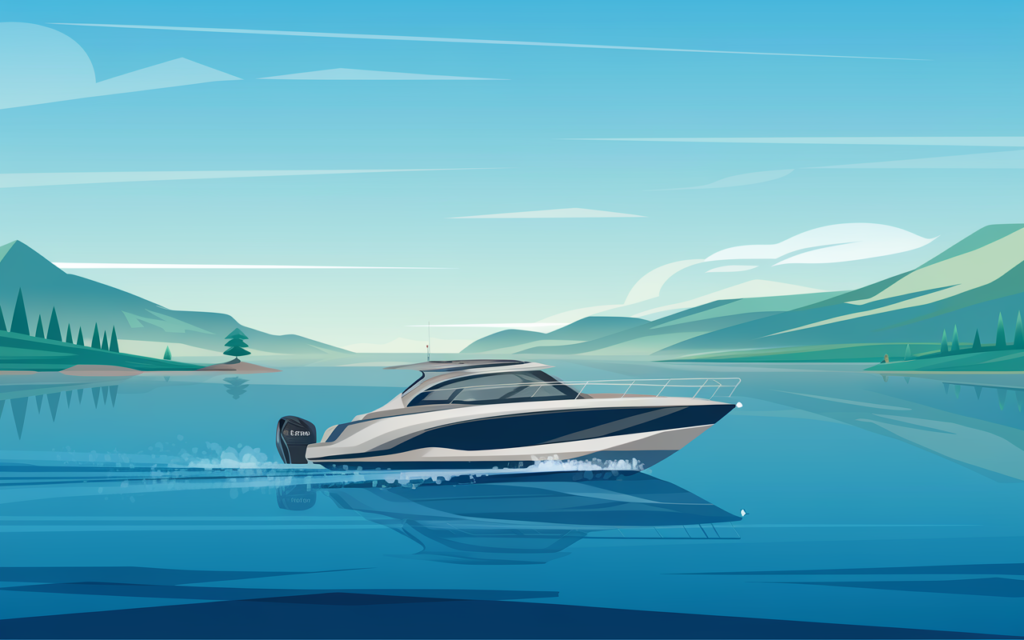
Manufacturer’s Guidelines and Expert Advice
Always refer to the manufacturer’s guidelines for the specific model of your 34ft boat. These guidelines provide valuable insights into the recommended horsepower range, ensuring compatibility and safety. Additionally, consulting with experienced boaters or marine mechanics can help you make an informed decision tailored to your boating lifestyle.
Popular Engine Brands for 34ft Boats
Several reputable brands offer engines suitable for 34ft boats. Brands like Yamaha, Mercury, and Honda produce reliable outboard motors, while manufacturers like Volvo Penta and MerCruiser specialize in inboard engines. Selecting an engine from a trusted brand ensures quality, durability, and access to comprehensive customer support.
Safety Considerations
Overpowering or underpowering a boat can lead to safety risks. An engine that’s too powerful may make the boat difficult to control, while an underpowered engine can struggle to perform in emergencies. For a 34ft boat, adhering to the manufacturer’s recommended horsepower range minimizes these risks and enhances your overall boating experience.
The Role of Propulsion Systems
In addition to horsepower, the propulsion system affects a boat’s performance. Options like sterndrives, outboards, and pod drives offer varying levels of efficiency and maneuverability. When selecting the recommended horsepower for a 34ft boat, consider how the propulsion system interacts with the engine’s power output.
Real-World Examples
To illustrate, let’s consider two scenarios:
- A 34ft fishing boat with a planing hull operates in coastal waters. The manufacturer recommends a maximum of 450 HP. Choosing a 350-400 HP engine provides a good balance of speed and efficiency for this setup.
- A 34ft cabin cruiser designed for inland lakes has a displacement hull. The manufacturer suggests a range of 300-500 HP. Opting for a 400 HP engine ensures smooth cruising and the ability to handle occasional choppy conditions.
Conclusion
The recommended horsepower for a 34ft boat depends on multiple factors, including boat type, intended use, weight, and environmental conditions. By carefully considering these elements and adhering to manufacturer guidelines, you can select an engine that delivers optimal performance and safety. Whether you’re cruising, fishing, or enjoying watersports, the right horsepower enhances your boating adventures and ensures a memorable experience on the water. Always remember that the key to selecting the recommended horsepower for a 34ft boat is to prioritize a balance between power, efficiency, and safety.
